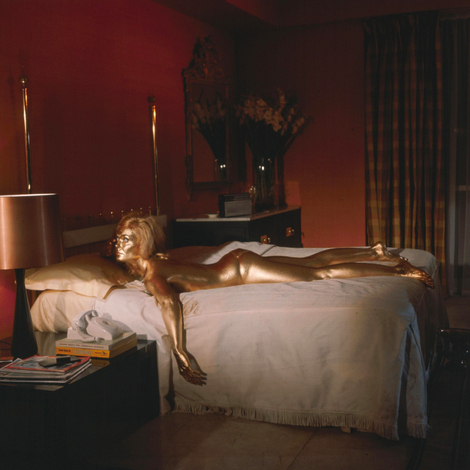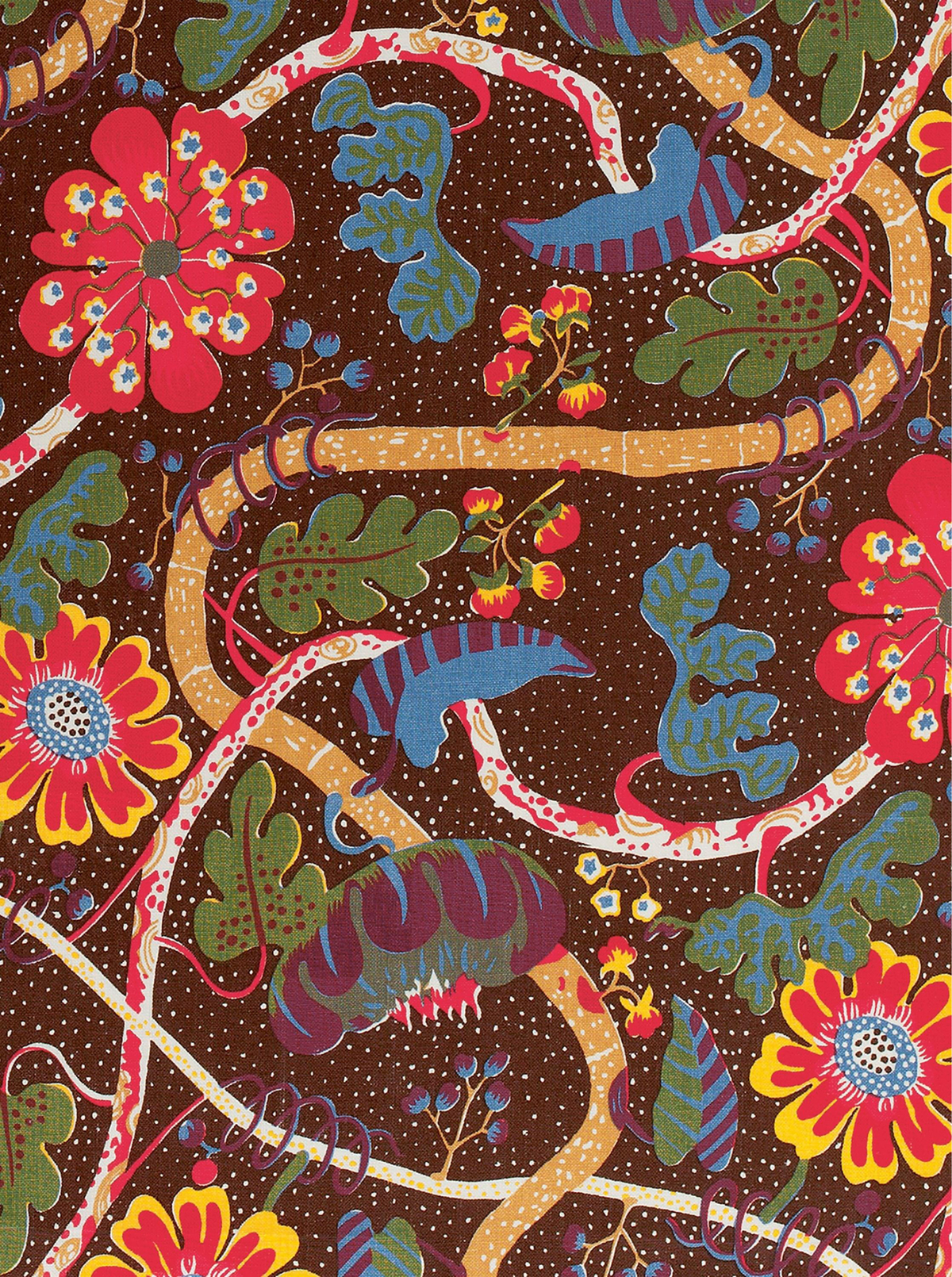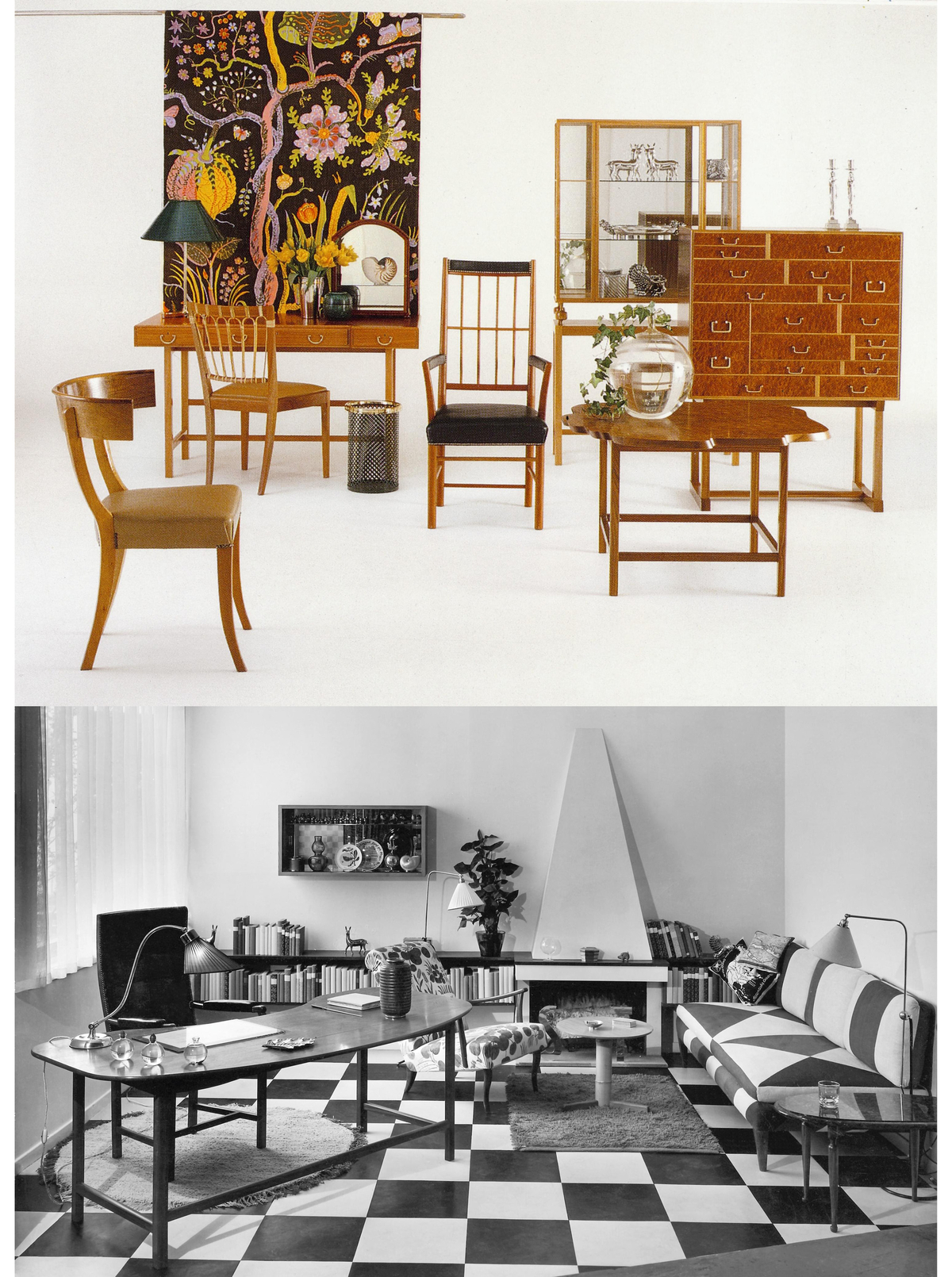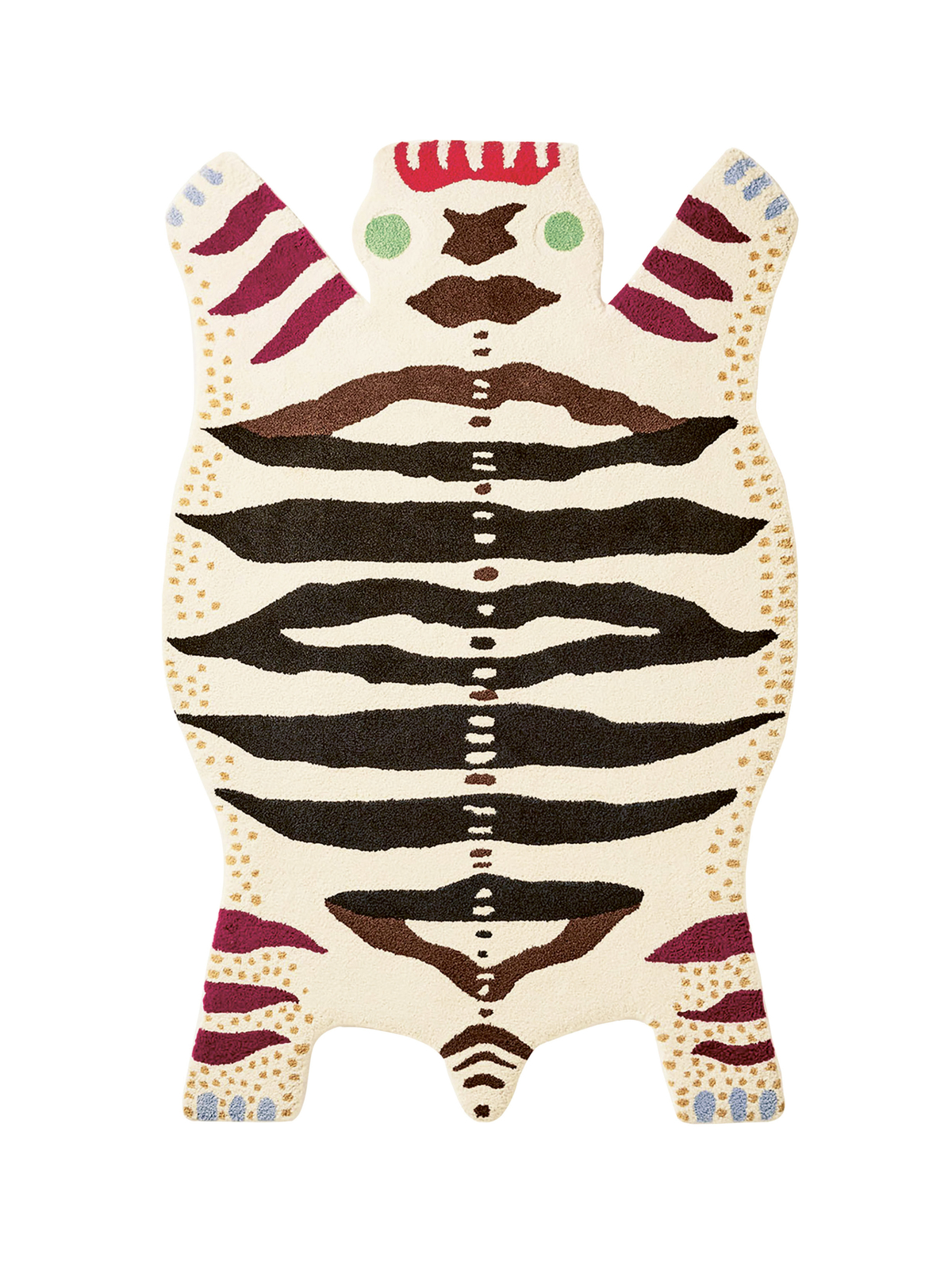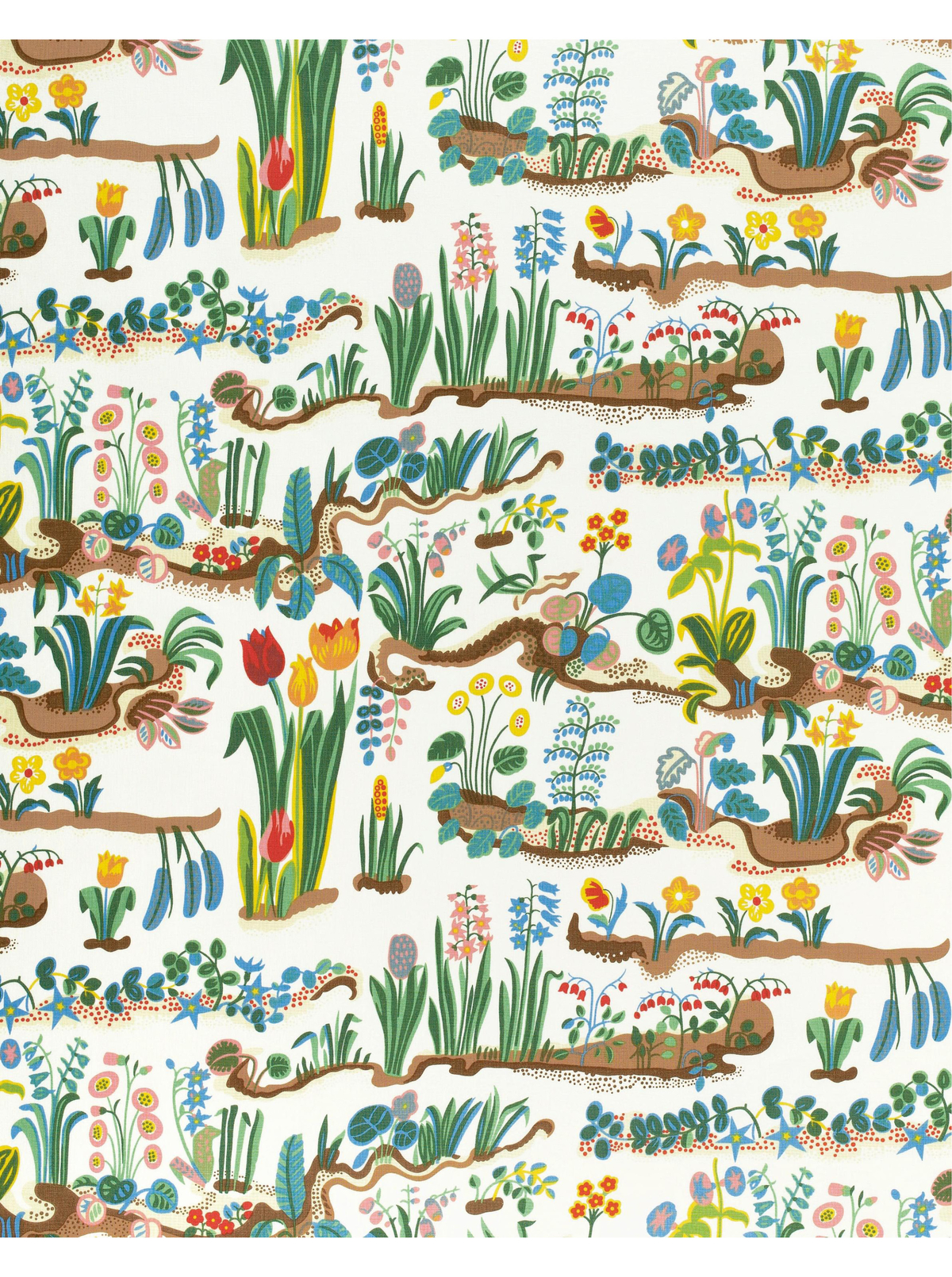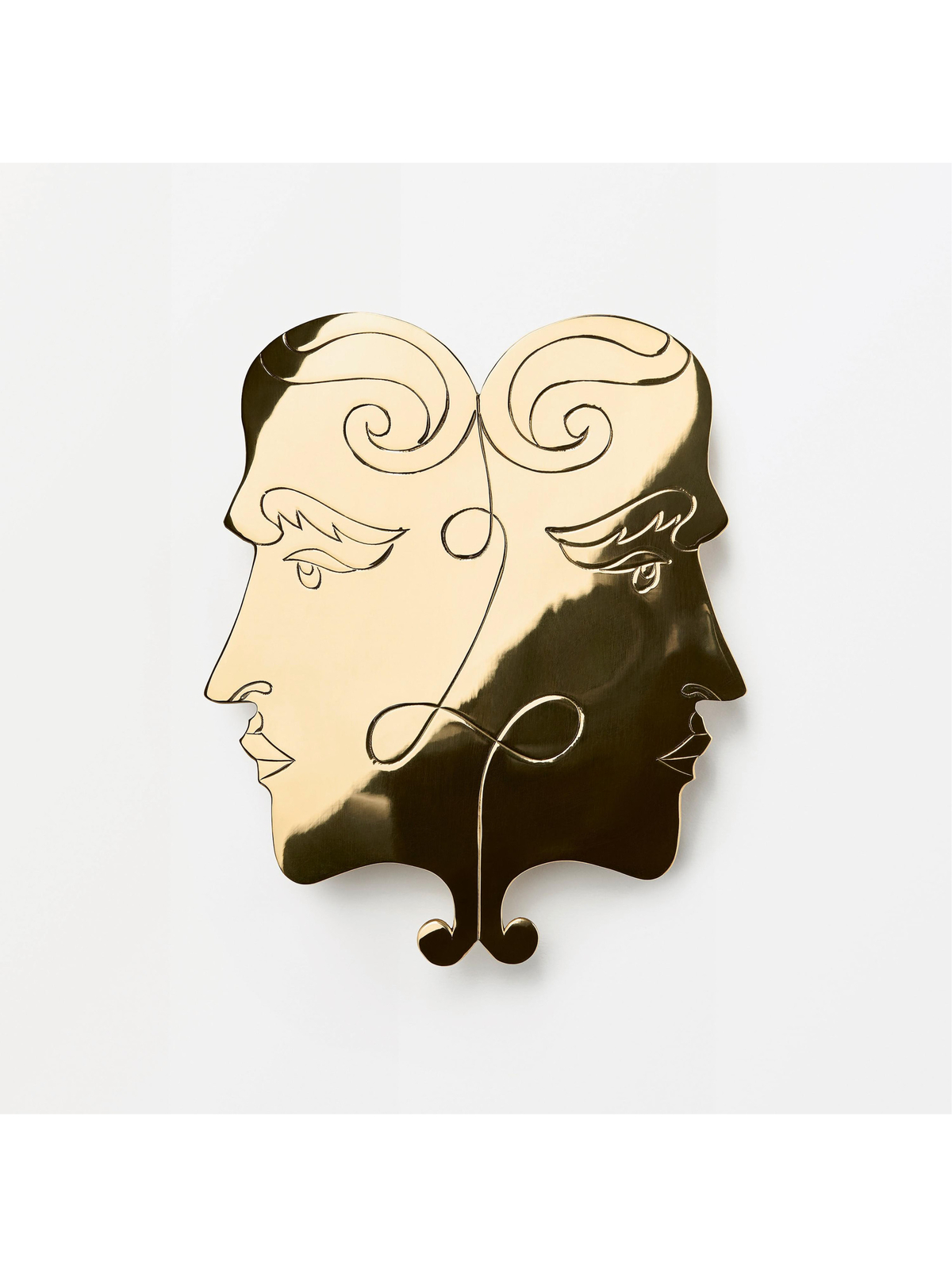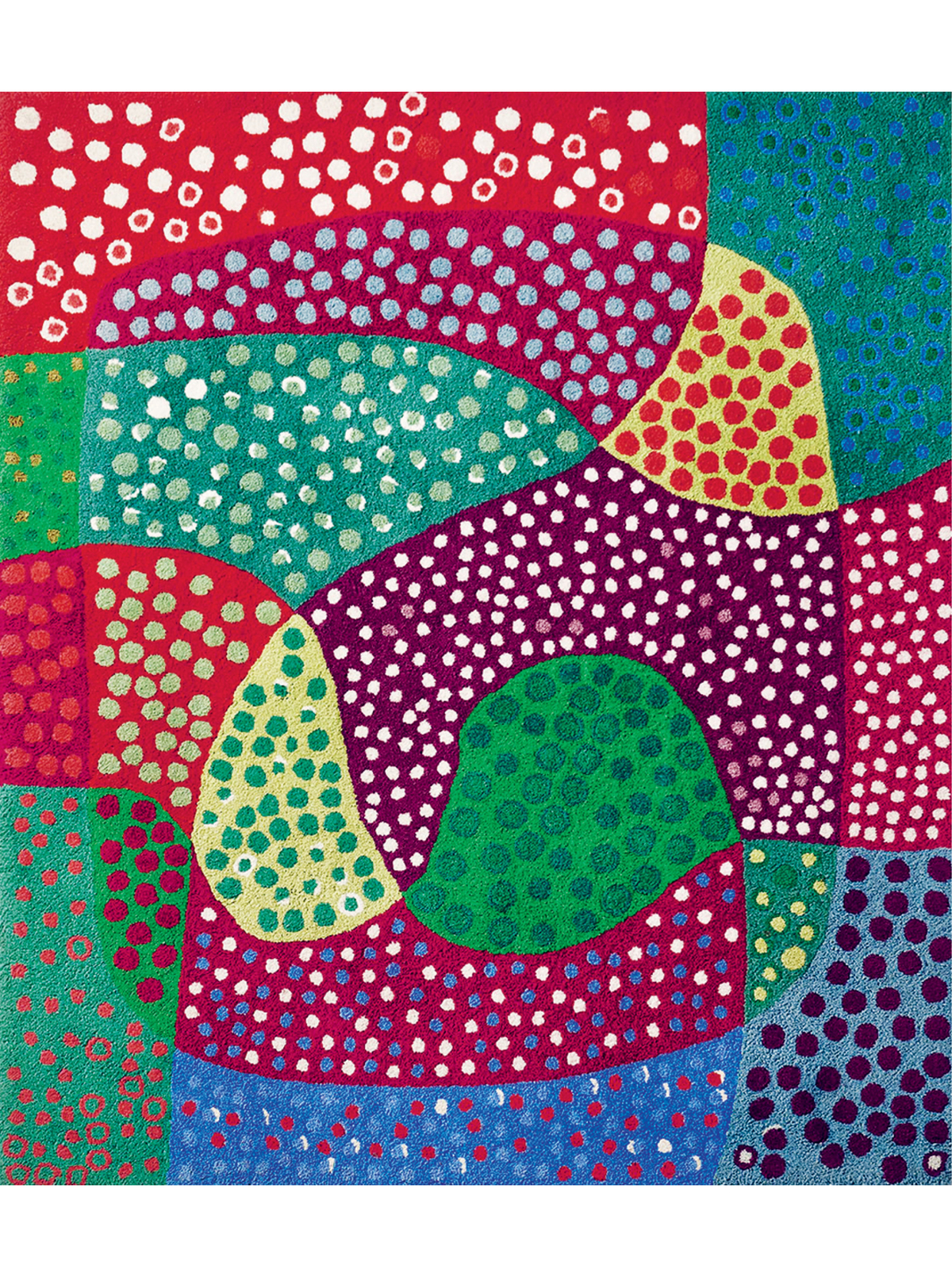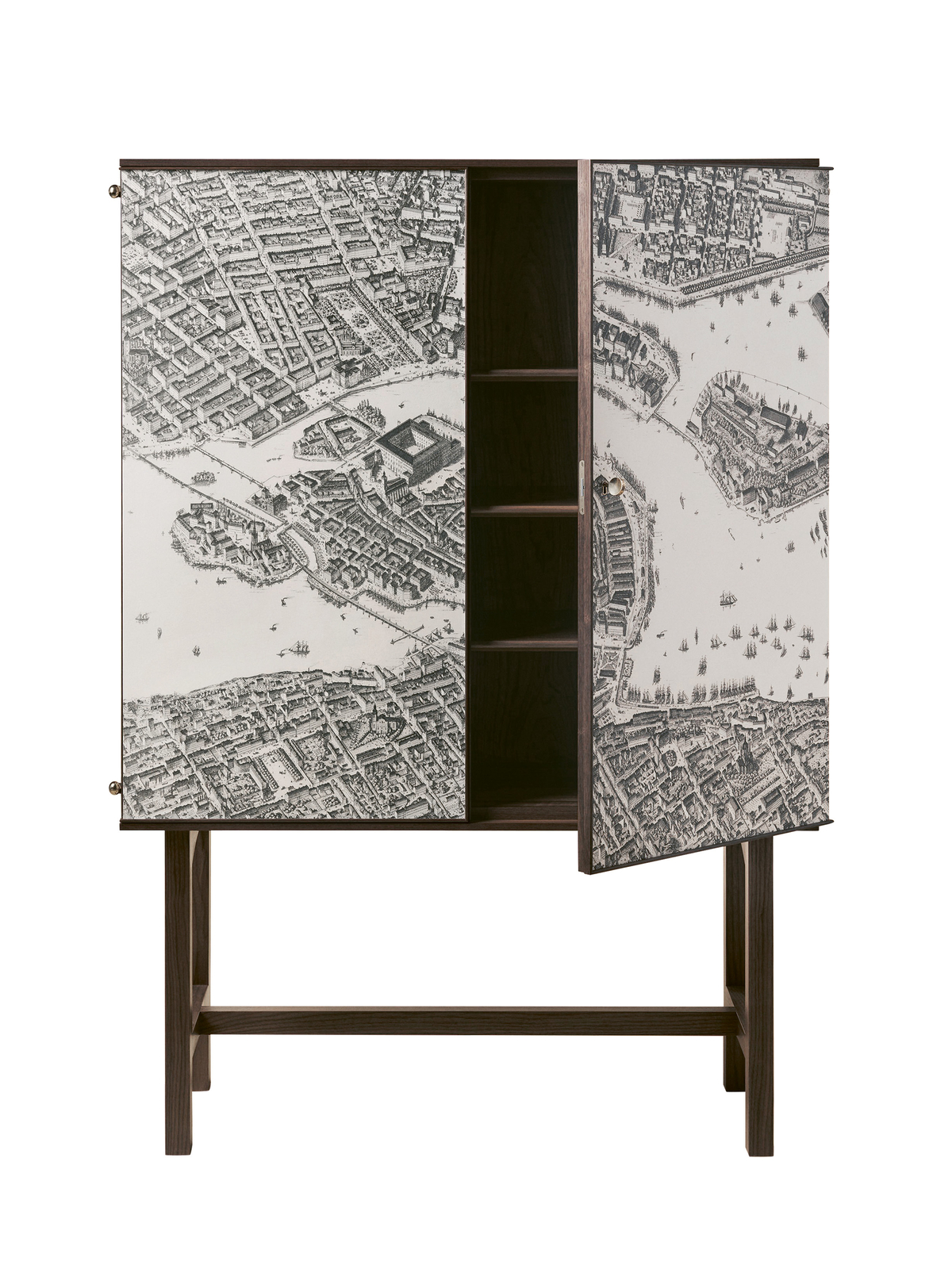Svenskt means “Swedish.” Tenn means “pewter.” Put them together and you get Sweden’s most storied design company, Svenskt Tenn.
The company dates to the 1920s, when Stockholm was teeming with money and artists, untouched by the First World War. Sonia Delaunay’s abstractions were hanging in the Nya Konstgalleriet. Kandinsky’s work was on view at Gummesons Konsthandel. And other galleries were showcasing French painters, Cézanne and Matisse among them.
Pewter was the medium of Nils Fougstedt, an artist working alongside the young designer Estrid Ericson at Svenska Slöjdföreningen, also known as the Swedish Society of Industrial Design. With a small inheritance from her father, a hotelier in Hjo, Ericson founded her own atelier in May 1924. She persuaded Fougstedt to join her.
In just four months, Ericson and Fougstedt designed 300 objects. Pewter was hardly in vogue, but Ericson’s ambitions were made clear in the marketing of their work: “Invitation to visit an exhibition of Modern Swedish Pewter in my new business premises on Smålandsgatan 40. Yours, Estrid Ericson.”
The atelier merged the city’s modernist energy with Ericson’s childhood literary idols—Hans Christian Andersen, Oscar Wilde, Selma Lagerlöf. As a girl in Hjo, she had scribbled in the margins of their books. The pewter works reflected that sensibility: modern forms with whimsical flourishes, much like illustrations from a story.
The following year, Ericson and Fougstedt exhibited in Paris at the 1925 International Exhibition of Modern Decorative and Industrial Arts—and won gold medals. Two years later, pieces by Svenskt Tenn entered MoMA’s collection and toured America. The press took notice. A woman?, the journalists wondered. Many remarked on Ericson’s “frail” appearance. And yet she had ushered in a new era of avant-garde design.
In 1934, Ericson and Fougstedt hired the Austrian designer Josef Frank, who had fled the Nazi threat. He was exacting and drew everything to scale, from candlesticks to sofas. “The closer you come to a piece of furniture,” he said, “the more non-geometric and organic it needs to be to adapt to our hand.”
Ericson and Frank continued their collaboration until his death, in 1967. She remained at Svenskt Tenn’s helm until 1981, when she died at 87. To this day, the company is a reference point: the cornerstone of Swedish modern.
To mark the company’s 100th anniversary, a new book—with a foreword by the current C.E.O. of Svenskt Tenn, Maria Veerasamy—presents never-before-published photographs and drawings from the archive, including images of collaborations with Nilsson and Fornasetti. “When I started Svenskt Tenn I was a stranger in the world,” Ericson wrote in the 1970s, “and quite impractical. But I was trusting the uncertain tomorrow of good taste.” —Elena Clavarino
Elena Clavarino is a Senior Editor at air mail
